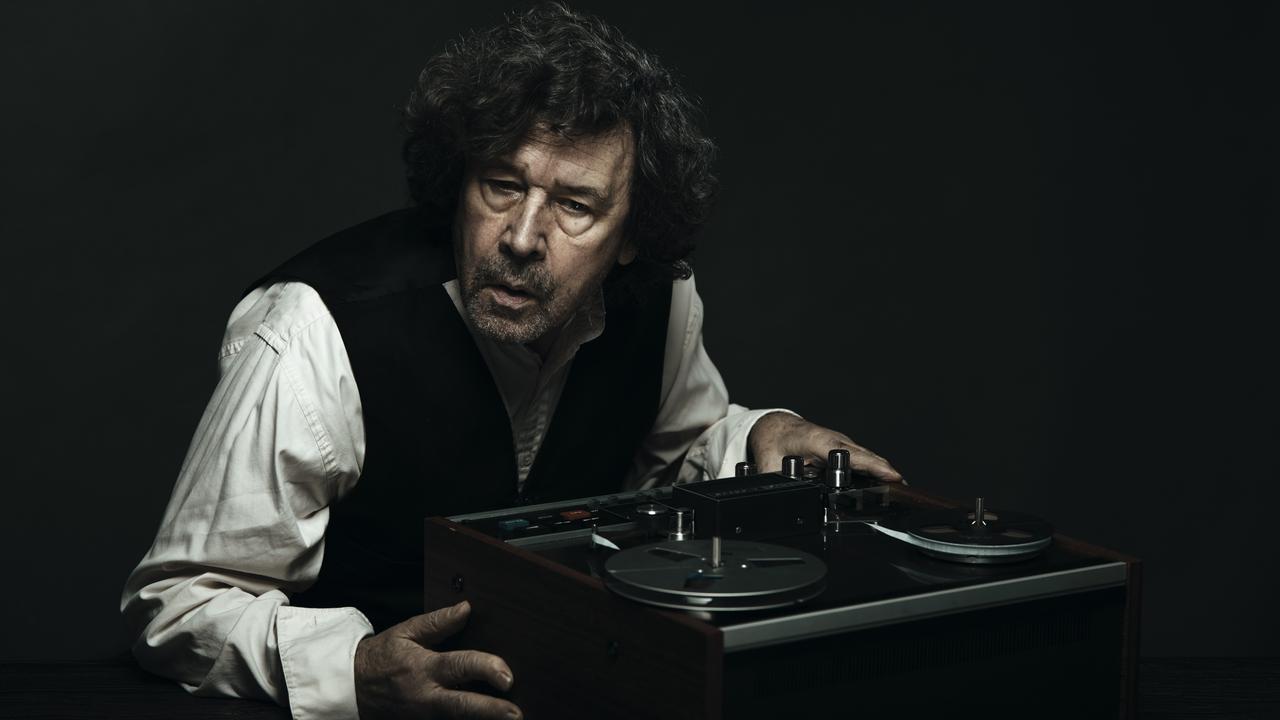Reviews: Avalanches, Bat for Lashes, DagaDana, Haydn Ensemble
The Avalanches’ second album, released after a 16-year gap, is full of the weird, wonderful songs that fans expect.
POP/ELECTRONIC
Wildflower
The Avalanches
Modular/EMI
4 stars
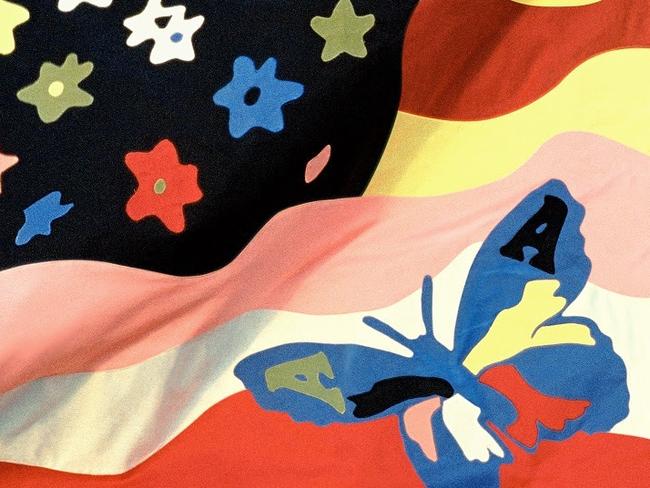
Few sophomore albums have assumed such mythic status as Wildflower. Following up a debut such as 2000’s Since I Left You was never going to be easy. Its critical and commercial success has grown in status with each passing year, aided in part by the constant speculation about its successor. The Avalanches — Robbie Chater, Tony Di Blasi and James Dela Cruz have teased, promised and, it appears, lied about when Wildflower might see the light of day, turning the project into an urban myth. After stops, starts, cryptic teasers and fabrications, that elements of various completed, half-finished or abandoned side projects progressed by the group since 2000 now find their way on to Wildflower is fitting. Serving as forks in the road, these experiences have contributed not only to the album’s delay but also to its richness.
It’s dripping, like its predecessor, with weird, wonderful and obscure samples: the trio has fashioned a nostalgic, carefree and mood-setting journey traversing psychedelia, hip hop, ambient electronica and odd musical territory that largely lives up to the hype. The Leaves Were Falling is the first of many glorious instrumental interludes woven throughout Wildflower that serve to connect the meatier offerings, featuring performances from Toro y Moi’s Chaz Bundick, Mercury Rev’s Jonathan Donahue and Silver Jews’ David Berman. Because I’m Me shines like a summer day, all good-time vibes, vintage strings and the contemporary rhymes of Bronx duo Camp Lo. It’s joyous fare, sadly not matched by what follows, the calypso-inspired first single, Frankie Sinatra, featuring Detroit rapper Danny Brown and MF Doom, which quickly grates with its repetitive vocal sample and circus-like swing.
Third single Subways, in contrast, is an album standout, an airy groove marked by warm bass and thick and varied samples that, like those throughout Since I Left You, make for an immersive experience. The Noisy Eater is notable mostly for the lyrical stylings of Biz Markie and a surprisingly cleared sample of the Beatles’ Come Together, while Colours is a laid-back, trippy groove reflective of much of Wildflower, where strange lines such as “After dark and the bars are slow, where do all the mermaids go?” make sense. As one of the first songs produced following Since I Left You, album closer Saturday Night Inside Out wraps up Wildflower in poetic and dreamy fashion.
The Avalanches admit they “nearly gave up more than once” through the long production of Wildflower. Illness, inertia, distractions and label collapses all played their part, but the fact they’ve emerged with this emotive album despite these challenges — and the hefty weight of expectation surrounding anything Avalanches-related — is impressive. It seems good things really do come to those who wait.
Tim McNamara
*

POP/ELECTRONIC
The Bride
Bat for Lashes
Parlophone/Warner
2.5 stars
Natasha Khan, better known as Bat for Lashes, has a flair for melodic storytelling. Over the past decade, the Pakistani-born, English electronic pop singer-songwriter has cultivated a niche with her ability to fashion tangible landscapes and communicate rich narratives through her unconventional music.
In 2006 Khan was a pop-synth hippie with feathers in her hair. In 2009 she became Pearl, the hyper-feminine, blonde alter-ego who inhabited her second album, Two Suns. She then posed naked on the cover of The Haunted Man (2012), carrying a nude man over her shoulder like game meat.
Her latest release solidifies this intrinsic theatricality. Written as the soundtrack to an imagined film, The Bride is a carefully woven conceptual tapestry that tells the story of a woman left at the altar after her fiance dies. She then travels alone on her honeymoon and attempts to reconcile her life. It is a complex portrayal of grief, societal pressures and womanhood, encased in piano whimpers, distorted strings, electronic haze and Khan’s staple soprano vocals. It is a distinctive and ambitious project, with tracks I Do, In God’s House and Sunday Love navigating a broad range of emotions and melodic patterns. At times the vocals are too harsh against the stripped-back accompaniment, becoming shrill, monotonous noise. It is also a shame that, in an album intended to take listeners on a journey, some lyrics are hard to discern amid the strained soprano. Khan has never been a conventional musician. The Bride makes it clear that predictable is something she will never be.
Emily Ritchie
*
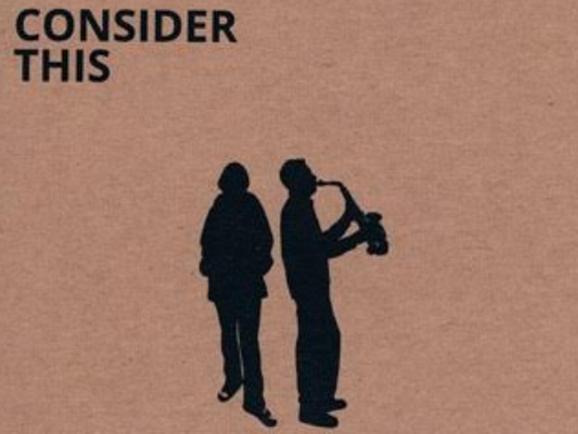
JAZZ
Consider This
Andrea Keller & Tim Wilson
Independent
4 stars
Multi-award-winning Melbourne-based pianist Andrea Keller has appeared on many recordings ranging from solo piano to large groups, and in 2008 she recorded the duo album Life That Lingers with saxophonist Tim Wilson. As with the previous recording, this new one is from a live performance at Bennetts Lane in Melbourne. Both performers are accomplished composers and share credits across the seven tracks here. Their musical rapport is nothing short of extraordinary: both players use extensive classical influences in music that nevertheless maintains a jazz sensibility. The title track, by Wilson, opens with a soaring alto sax’s theme that would not be out of place in a symphonic performance, and Keller supplies the underlying harmonies.
Life That Lingers from their earlier album — Keller’s composition — is also included, with the piano’s arpeggio opening and later moving into a fast-running improvised sax passage. Another Keller original, All the Colours Grey, opens with a saxophone cadenza of more than four minutes, holding the attention with skilful variations in speed and tonality. When the piano arrives it does so with out-of-tempo solo flourishes and imposing chords, creating a stately atmosphere that continues when the saxophone rejoins to build to a thematic conclusion.
Wilson’s ‘T’ For Tango breaks out of its Latin rhythm for occasional sequences of almost unbearable fragility and deep sensuality and resumes with quick alto work over the piano’s frenzied rhythms.
This collection features a high-quality duo playing in unusual styles that successfully blend classical concepts with improvisation and jazz influences.
John McBeath
*
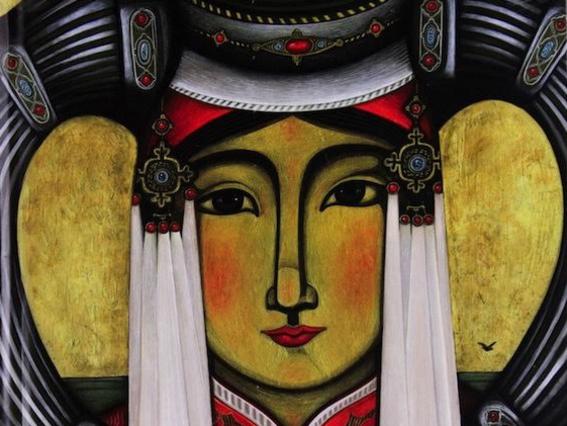
WORLD
Meridian 68
DagaDana
Karrot Kommando
4 stars
It might well constitute cliche, but anyone disputing the simile that says the 21st-century music scene is like a global village should check out DagaDana’s Meridian 68. The fact that the title of the fourth album from a popular east European band that’s an amalgam of Polish and Ukrainian music and musicians alludes to an exchange with a collective in China speaks volumes about the cross-cultural collaborating that’s de rigueur.
The 68th meridian happens to be exactly midway between the places where the songs were recorded — the southern Polish city of Czestochowa and Beijing. For almost a decade DagaDana has successfully meshed Slavic culture through the prism of pop, rock, pyschedelia, jazz, classical, electronica and world music.
In its latest album the ensemble combines traditional songs from different regions of Poland with Ukrainian and Lemko folk music. The standout track was recorded in Beijing with a Mongolian band during a 2012 tour. Their combined interpretation of the Sichuan standard Kangding Love Song, a song that represented China on a NASA probe in search of extraterrestrial life, is suitably symbolic and symbiotic — and appropriately off-the-planet, with jazz-rock dynamics alongside pop hooks and pretty vocals.
Elsewhere, the singing of Daga Gregorowicz and Dana Vynnytska is filtered through voice processors and combined with synthesised instruments, trance-like bass, driving drums and even children’s toys, to hit the listener with bold and imaginative soundscapes.
Tony Hillier
*
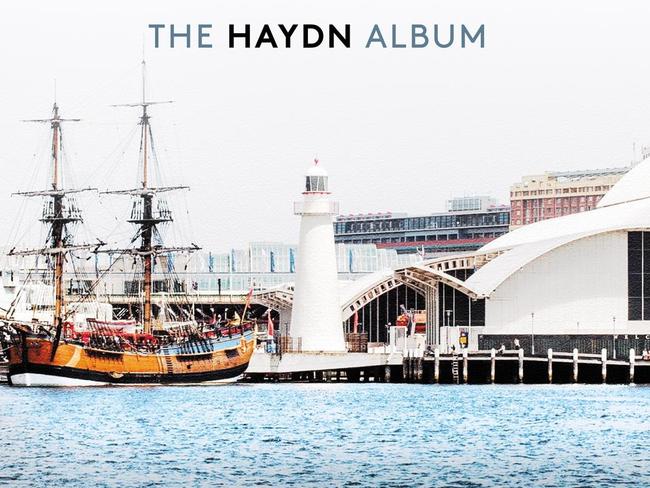
CLASSICAL
The Haydn Album
The Australian Haydn Ensemble
ABC Classics
4 stars
The Australian Haydn Ensemble burst on to the scene seemingly from nowhere five years ago, driven by violinist and artistic director Skye McIntosh.
Dedicated to the performance of works from the late baroque and early classical period on period instruments, the group has a flourishing annual concert series and former NSW governor Marie Bashir as patron. McIntosh plays an 1820 violin by London maker Joseph Panormo, purchased for her in 2015 by an anonymous donor. Three Haydn works are featured: Cello Concerto in C Major, Symphony No 6 in D Major (Le Matin symphony) and Harpischord Concerto in D Major.
Haydn’s well-known first Cello Concerto in C Major was presumed lost until it resurfaced at the National Museum in Prague in 1961. Cellist Daniel Yeadon reveals an ability to shape phrases beautifully here and with a poised enthusiasm. Ornamentation is carefully considered and in keeping with the period, and the virtuosic third movement sees Yeadon show off his agile technique.
Haydn’s morning symphony depicts a sunrise in the first movement. Period wind instruments are used to lovely effect to depict the twittering of birds waking. Erin Helyard gives a wonderfully energetic performance as soloist in the harpsichord concerto, playing a French double-manual harpsichord. The quick-paced Hungarian Rondo features Haydn’s mischievous side with its offbeat crushed dissonant notes.
Meldi Arkinstall

